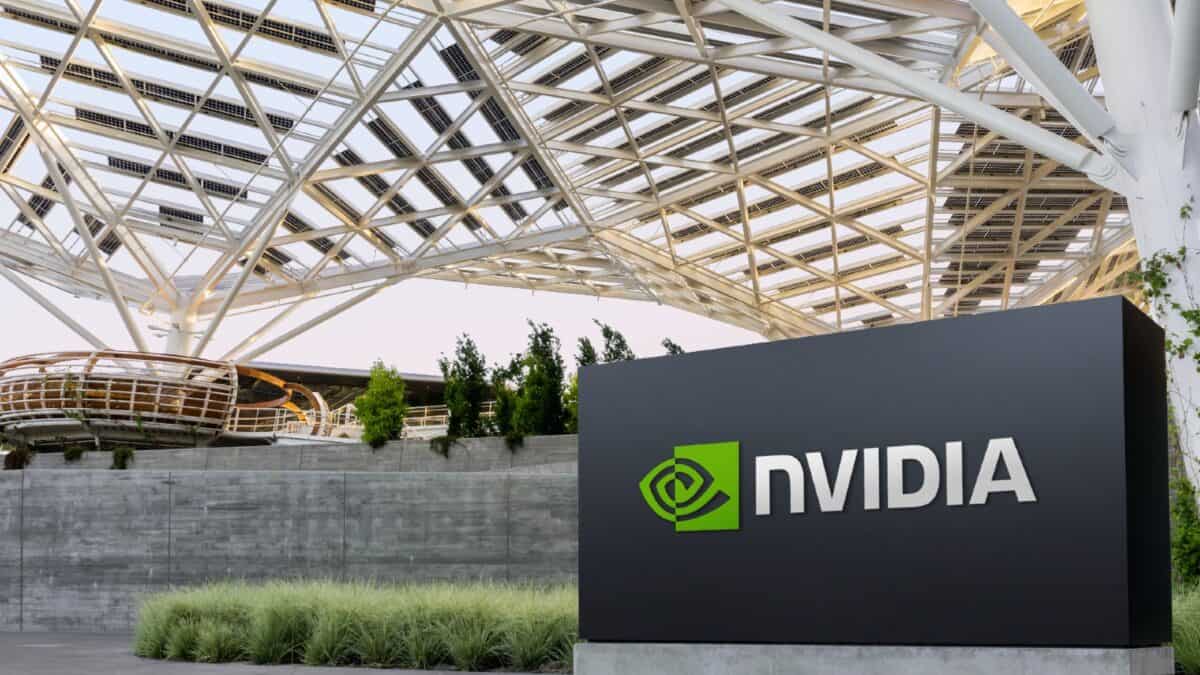Buy the rumour, sell the news. That old investing saying rang true once again with Nvidia (NASDAQ: NVDA) shares as the share price climbed a quite ridiculous 30% in the month of August ahead of second-quarter earnings only to crash 8% in a day after those earnings were released.
That Nvidia smashed expectations once again mattered little for the share price. It seemed a lot of people were quite content to sell on the news.
Time to buy?
Those looking on from the sidelines might wonder whether such a drop, especially in light of more good results from the chipmaker, is a tempting entry point into what has been a very lucrative stock – and even that might be underselling it.
Nvidia has a compelling claim to being the best stock of the 2020s. Since 1 January 2020, the share price is up 20 times in value. I can’t think of many other big caps with that kind of growth. So if this winner keeps on winning, maybe now is the time to consider buying.
The future of Nvidia hinges, of course, on artificial intelligence. It feels like we’re in a bit of an AI phoney war at the moment, where the technology is obviously there and impressive, but not a whole lot has happened yet.
The future
I see cute chatbots that sound like a real person and deliver decent summaries of information, and I think the tech seems very good. But where is the unparalleled economic growth? Where are the revolutionary new companies? Which industries have been upturned by this technological leap forward? Not too many, as of yet.
So we’re really looking at the future and a lot of companies are betting big that AI will have a serious effect.
An interesting note from Nvidia’s update was over half of revenues were drawn from just four customers, the so-called “mystery whales”. These aquatically denominated firms are believed to be among a group of Amazon, Meta, Microsoft, Alphabet, OpenAI, or Tesla.
And given the gargantuan dollar sums involved, it’s hard to believe there could be many other contenders. If one or more of these tech giants and all the human capital they employ somehow crack the code of AI then Nvidia could look cheap even at its current price.
Valuation
As for the valuation, how is it currently looking? Well, after an 8% haircut and a new round of projections, we’re looking at a forward price-to-earnings ratio of 43. Oof. Would I invest in your average company with 43 years to earn (in profits) my original stake back? No, of course not.
That’s not to say Nvidia won’t turn out to be a good investment or grow profits further, but AI will need to make good on some very grand promises for that to happen. I’ll be waiting for a cheaper price, I think.








